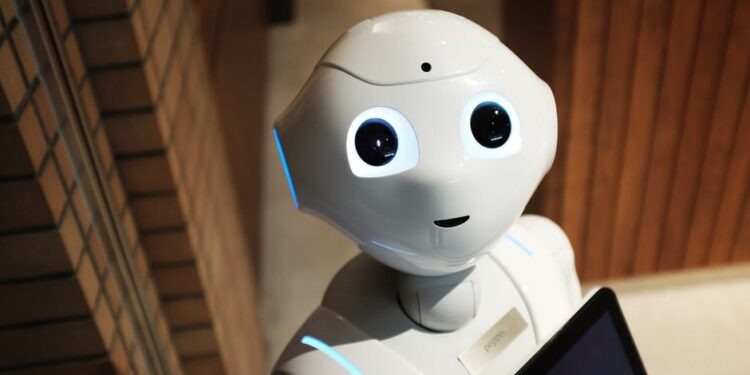Robotics technologies have come a long way since the days of early industrial robots that were used to make products. Today, there are various types of robotics technology that can be used for a number of purposes. In this article, we will look at some of the most popular uses for robotic technologies today and what the future may hold for them.
What is Robotics?
Robotics technology is one of the most important tools in today’s workplace. It has replaced human hands and arms in many industrial settings, including manufacturing, construction, and warehousing. Robotics technology can also be used in research and development, health care, and entertainment.
The History of Robotics
Robots have been used in factories and laboratories for more than 70 years, but their most common use today is in the service industry. Here are some of the uses of robotics:
-Manufacturing: Robots are used to move parts around a factory, and they help speed up the production process.
-Logistics: Robotics can help with the loading and unloading of cargo, and they can also help supervise the production process.
-Restaurants: Robotic waitresses and chefs can help reduce labor costs, and they can also be programmed to make specific orders.
-Service industries: Robotics can be used in places like hospitals, where it’s important to keep equipment running smoothly.
Applications of Robotics
Robotics technology has come a long way in recent years, and there are countless applications for it. Robotics can be used in a variety of industries, such as manufacturing, healthcare, and research. Here are some of the most popular applications of robotics:
1. Manufacturing: Robotics can help manufacturers automate processes and improve efficiency. They can also help machines learn how to perform tasks on their own, which can lead to decreased production costs.
2. Healthcare: Robotics can be used in hospitals to help with patient care. For example, they can be used to assist doctors during surgeries or to transport patients between different parts of the hospital.
3. Research: Robotics technology is being used more and more in research laboratories around the world. This is because robots are able to handle complex tasks much faster than humans can.
Benefits of Robotics
Robotics technologies are being used in a vast array of industrial and commercial applications, from manufacturing to warehousing and logistics. Here are some of the benefits of robotics technology:
1. Reduced labor costs: Robotics technologies automate tasks that would traditionally be performed by human workers, leading to decreased labor costs.
2. Increased efficiency: Robotics technologies can be programmed to perform specific tasks with greater speed and accuracy than humans, resulting in increased productivity.
3. Increased safety: Robotics technologies can help to increase safety in factories and other workplaces by reducing the number of accidents and injuries.
4. Improved quality: By using robotics technologies to inspect products prior to shipping, manufacturers can ensure that products are of high quality and meet customer specifications.
5. Reduced environmental impact: By reducing the amount of waste produced by factories, robots can help to reduce the environmental impact of manufacturing operations.
The Future of Robotics
Robotics is already a big part of our lives and the future looks even brighter for this technology. Here are just a few examples of how robotics is already impacting our world:
-Robots are used in manufacturing to help increase efficiency and accuracy.
-They’re also used in research facilities to study and probe the mysteries of the universe.
-They’re even being used in military applications, like reconnaissance and bomb disposal.
There’s no doubt that robotics is going to continue to play an important role in our society for years to come. So what does the future hold for robotics? Here are five predictions for the future of robotics:
1. Robotics will become more affordable and accessible.
2. They’ll become more intelligent and able to carry out more complicated tasks.
3. They’ll become more flexible and adaptable, able to work with a wider range of materials and environments.
4. They’ll become increasingly autonomous, able to operate without human intervention most of the time.
5. They’ll become an integral part of our everyday lives, helping us do everything from work to leisure activities



